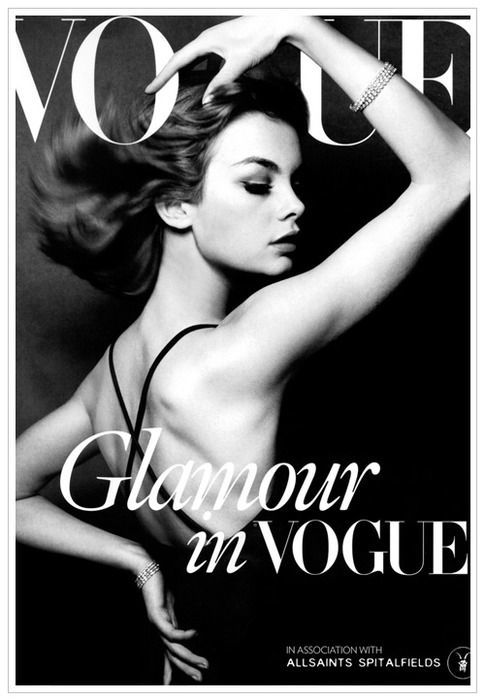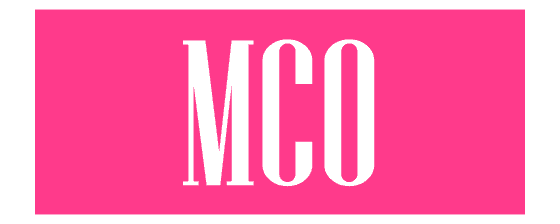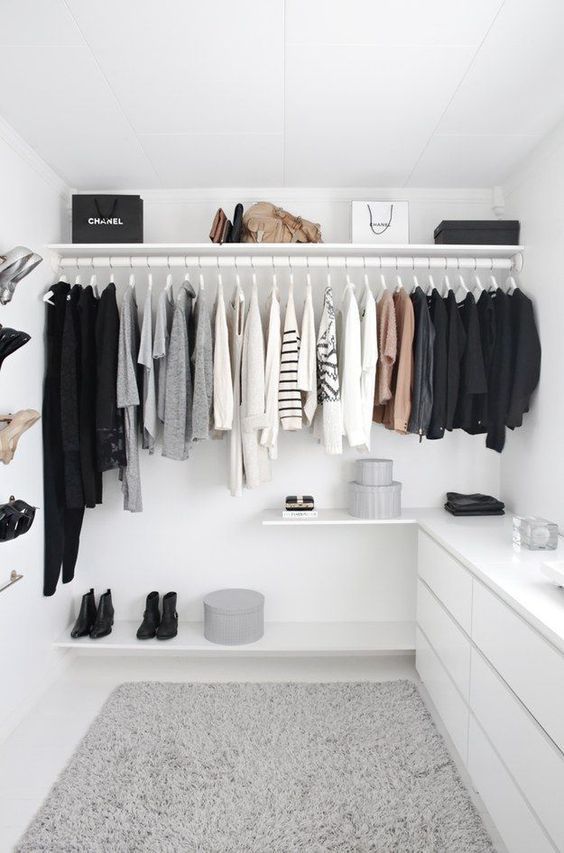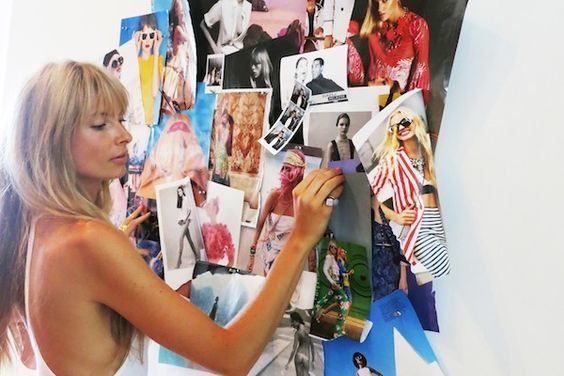A Career Within The Fashion Industry
A career within the Fashion Industry seems far from the realms of anyone whose parents were able to talk them into choosing a more “practical” career path. So if you are working in a career in an industry that pays well but is not your passion – here are some helpful tips on how you can reinvent yourself and find a fantastic career in the fashion industry!
I am here today to tell you it’s possible! If you really want to achieve it!
How do I know? Because I moved from 13 years working in the IT&T industry consulting in complex IT architectures across to the incredible world of Fashion and the world of Luxury Goods – to a life as a Bikini Designer, a Fashion journalist and a Stylist.
Working in fashion doesn’t mean you have to be a Designer. Although this is one option, there is a multitude of fashion-related disciplines which play a huge part in the day-to-day business of fashion.
When you read a fashion magazine, or shop on the high street, what you see is the end product, created by a number of professionals working on various aspects of creation, production, presentation and promotion. This applies also to the beauty industry, where there are a number of career opportunities which are not immediately obvious to the everyday eye.

Those looking to work in the fashion industry might consider careers in: men’s- and women’s wear design (for couture or high street labels), footwear and accessory design, bespoke tailoring, production or brand management, buying, forecasting, textiles, garment technology, styling, photography, public relations, advertising, marketing, journalism, web design, TV and radio research and merchandising amongst others.
Those interested in the beauty and cosmetics industry could secure positions in research, development, marketing, salon and spa management, beauty therapy, or as make-up assistants within film, theater, television and fashion shoots.
Other paths could lead students into the world of theater and performing arts by studying costume, make-up for the performing arts, television and film, as well as technical effects – including prosthetic and special effects.

Do your research thoroughly and find outstanding people in the roles that you are interested in that you can contact or use as a role model.
Start with a Self Audit!
Take a clean sheet of paper and close your eyes… for a few minutes visualize your dream career. Forget the realities, that you don’t have the skills, or you have a mortgage, the noises in the background or the phone ringing. Forget all the barriers. Imagine that anything is possible! Just close your eyes and imagine what the opportunities could be.
Now list on the page all the dreams that came into your mind. The job titles, the perks, the feelings you felt when you imagined you were doing these things and write them all down.
Now take another page, turn your page landscape and then fold into six columns.
In each column list the following:
1) Your Interests
2) Your Values (Asterix those that you won’t compromise on)
3) Your Skills
4) Your aptitudes – those things that you are naturally good at
5) Your preferred work environments (ie inside, outside, night, day, on the road, travel etc)
6) Your Realities (ie mortgage, children, sick family, family budget etc)
Now make a list from 1 through to 5 of the characteristics that are most important to you when working in your career. Perhaps these are job security, work/life balance, career development, The company values, Being paid what you are worth etc etc Note the things you will not compromise on. Knowing what you don’t want is just as important in this step as knowing what you do want. If you don’t know what you do want, make a list of the things you do not want and then turn them into positive affirmations. For example: I don’t want to work for an untrustworthy company – you would change that to: I want to work with an employer who I can trust.
Now take the basic Myers Briggs test on Monster and see what careers suit your personality style. This system for understanding people called Personality Type is based on the work of Swiss psychologist Carl Jung and two American women, Katharine Briggs and Isabel Briggs Myers, creators of The Myers Briggs Type Indicator (MBTI)®. Over the past 40 years, many millions of people have been introduced to Type through their jobs, churches, counselors or books. Now it’s your turn to get turned on to this powerful tool. But first, you have to figure out your Type.
You can do that now by taking the Discover Your Perfect Career Quiz. First, read the descriptions of the four “dimensions” or aspects of Type below, and choose which characteristics in each pair describe you best (for example, Extrovert OR Introvert). Your personality type is made up of your natural “preference” for each of these four dimensions.
Read your report and copy and paste it into a word document that you can develop.
So now you have a list of prospective job roles that are most suited to your natural aptitudes and you know what you don’t want and you do want in your next career move. How does that fit with what you have achieved so far in your career. Can you make a transition from where you are working today to your future role with a little self development? What skills does the job role you are aspiring to possess? How do you map up to that role? Is there a gap? Note the areas that you need to develop and invest in.
Is there a course you must invest in or does your CV just need a little tailoring? Next chapter I will help you to rewrite your CV and to help you build a development plan that will focus on the job skills that you need for the new role that you are aspiring to… See you then!
Source: Pinterest






